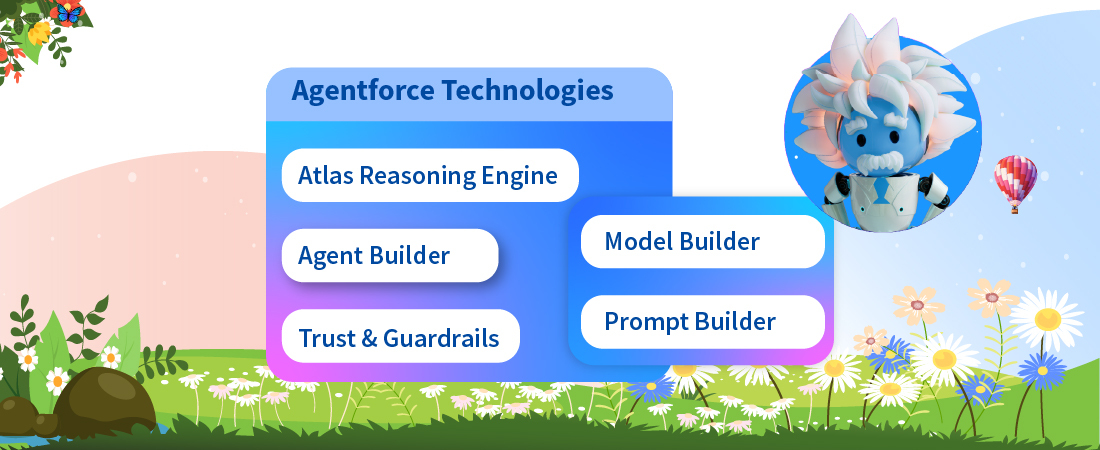Two months into 2020, and there isn’t much convergence between firms on California’s new year’s gift to itself, CCPA, or the California Consumer Privacy Act.
Under this act, Californian residents have the right to see all the info companies have on them, how they gather, mine, and apply personal data, access it, delete it, opt-out of third party transfers, and still avail the same service as someone not exercising their rights under the act. This encompasses even the most private categorizations an organization may use.
It should come as no surprise that California, the internet’s epicenter, is the place of the act’s origin, given how it’s savvy residents are the subjects of targeted data breaches. Although, it’s worth noting that the law is still comparatively lax to its first incarnation.
Let’s dive in to see what ‘Don’t sell my info’ really means.
Consensus - Arriving at Interpretations of Selling Data
Still a work-in-progress, so far, no one agrees as to what qualifies as selling personal data. Forums are rife with deliberation as companies are left to wrangle with the new law. Although the variations in remedial measures taken by firms form this point on, would serve as reflections of how they see the spirit of the law.
Of course, it would also serve as an opportunity for Big Tech to put the money where the mouth is.
“Should I worry?”
Who does this apply to?
Simply put, if you’re a business that uses data from Californian residents but also
- Grosses 25M in earnings, or
- Gets more than half its revenue in data sales
- Handles over 50,000 personal Records from devices, households, or consumers directly, then the law applies(Check CCPA Section 1798.140).

The best and worst of it.
All things considered, the worst thing that could come out of this is a never-ending compliance process. The best thing to come out of this is for Compliance to take off as an industry. You should find at least some relief knowing you can delegate major portions of data wipes to third party apps. The bad news is, it should take a while for these capabilities to mature and come baked into platforms.
Till then, it’s advisable to chalk out a clear ‘house-approach’ to privacy regulations, so you don’t leave anything to chance.
Also, if you haven’t already, you’ll need to bifurcate data based on the channels used for collection to account for restrictions on process, retention, and consent. On the bright side, this should also double up for easy segmentation.
Penalties
Because why else would you expect Silicon Valley to fall in line?
On their part, for companies to avoid a penalty, they need to take provably adequate measures to protect data. For size, they’ll need to practice controlled access on a need-to-know basis only. They’ll even need to update access regularly.
If you’re a business operating in multiple countries, you also need to tag data for separate legislations and track for varying retention requirements.
That’s unless you can shell out to the tune of 2500-7500 dollars per user in a month’s notice, besides taking a dent to your brand’s reputation.
So for what it’s worth, we’ll leave you with a list of to consider for socially responsible or, at least, compliant use of your Salesforce instance.
Implementation considerations
- It goes without saying, among the first steps is comprehensive indexing and tracking of data across the organization.
- You may need to review how you process data if you deal with Californian or even American data directly, even if you’ve just gotten over with GDPR.
- Also remember that platform privacy tools cover your Salesforce instances, not processes your firm puts data through internally.
- Besides location and you’ll need compliance on all 4 fronts: Automation, Processing for Insights, Access, and Opt-outs. That roughly translates to de-identifying, exporting, and deleting.
- For data where removal has been requested, you’ll need to locate not only relevant data but also all dependent Objects and Records to make sure no Dashboards, Reports, or visualizations querying the data break. Going in unprepared would hurt doubly, both from a penalty, as well as an operations standpoint.
- Equally, any automation for data requests must also be air-tight to allow only clearly identifiable individuals to download data that belongs to them, but no more.






